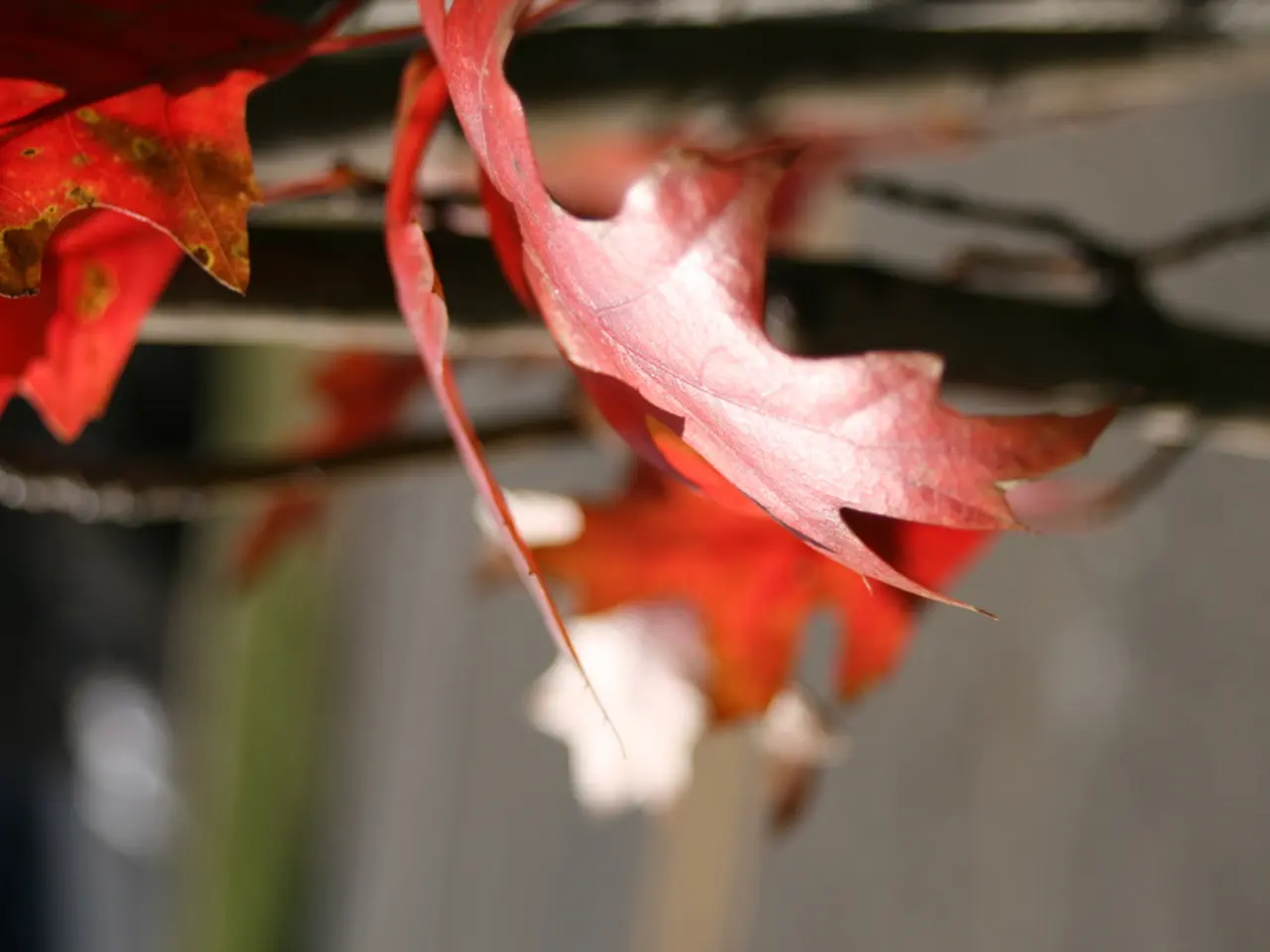Encouraging Additional Branching in Bonsai: Enhancing Leafage and Renewal
Revitalizing your bonsai with back-budding can lead to fuller foliage and a more vibrant appearance. By understanding the techniques, conditions, and suitable species for back-budding, you can successfully stimulate new growth and revitalize your bonsai.
**Techniques for Back-Budding Stimulation:**
1. Bold Pruning or Cutting Back Tips: For species like pines (e.g., Scots Pine or Mugo Pine), aggressively cutting back all pine tips can encourage 100% back-budding and denser ramification. This practice involves cutting back terminal shoots to promote new growth closer to the trunk and inner branches, resulting in fuller foliage over time.
2. Summer Pruning: Targeted summer pruning, especially on deciduous or coniferous bonsai like larch, encourages tighter branch structure and more back buds. Timely cutting of long shoots helps the tree redirect energy to inner buds and develop more ramified branching.
3. Root Pruning and Repotting: Trimming about 10-20% of long, circling, or damaged roots during repotting encourages new feeder root growth, which supports overall vitality and back-budding. This should be done carefully to avoid shocking the tree. Post-repotting, placing the bonsai in soft, indirect light and moderate watering aids recovery and encourages new growth.
4. Styling Adjustments: Adjusting the trunk and branches through bending (using raffia for protection) can improve light penetration and airflow, stimulating buds on previously shaded branches.
**Optimal Conditions to Promote Back-Budding:**
Providing adequate light is crucial. While some bonsai like Ficus tolerate indoor conditions, sufficient indirect or filtered light helps stimulate new buds. For temperate species, exposure to seasonal light cycles aids natural back-budding processes. Maintaining balanced moisture is vital due to bonsai's limited soil volume. Over- or under-watering can stress the tree and inhibit back-budding. Using appropriate soil mixes ensures good aeration and moisture retention. Fertilization helps supply nutrients necessary for new growth, but avoid fertilizing immediately after pruning or repotting—wait 2 to 4 weeks to prevent overloading recovering roots.
**Species Suitable for Back-Budding:**
Pines (e.g., Mugo Pine, Scots Pine) respond well to heavy tip pruning and bending techniques to encourage buds on older wood. Larch responds well to summer pruning for tighter ramification and back-budding. Tropical species like Ficus, such as Ficus retusa, Ficus microcarpa, and Ficus benjamina, are hardy, tolerate indoor conditions, and respond well to proper pruning, root trimming, and care to encourage fuller foliage. Deciduous species generally have good capacity for back-budding if provided enough light and pruning.
**Summary:**
To revitalize and achieve fuller foliage through back-budding, apply bold, timely pruning of shoots and roots, adjust styling to improve light and airflow, and maintain optimized watering, humidity, and fertilization suited to your bonsai species. Maintaining a humid environment, typically between 50% to 70%, helps to prevent water stress, which can hinder back-budding. Monitoring environmental conditions closely, especially soil moisture and light exposure, will maximize back-budding success and overall bonsai health.
In the realm of home-and-garden and gardening, learning the appropriate techniques for back-budding stimulation can lead to a more beautiful and vibrant bonsai. With practices like bold pruning on species such as pines, summer pruning on deciduous or coniferous bonsai like larch, root pruning and repotting, styling adjustments, and providing optimal conditions, one can successfully revitalize a bonsai and promote fuller foliage.




